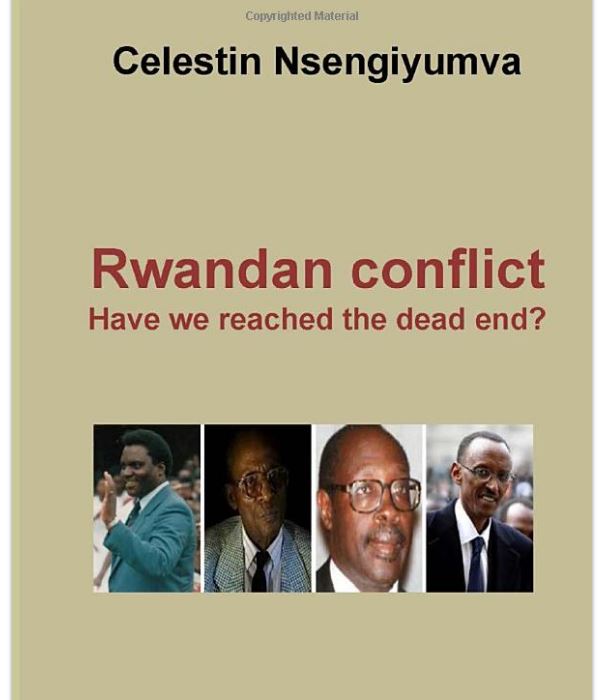Rwandan conflict
So many well meaning scholars and a number of self appointed experts have written books, research dissertations and news articles about the Rwandan genocide. The general narrative which has been spread is that for no apparent cause, Hutu people of Rwanda cracked down on their Tutsi neighbors and killed them. But it did not happen like that. There were remote and immediate exogenous and endogenous developments, which put the two main ethnic of Rwanda on a collision course. The blood bath was the product of combined historical, economic and political factors, which spiraled into communal violence following the four years war unleashed on the people of Rwanda by Rwandan officers of the Ugandan army, and the destruction of the Rwandan presidential jet, transporting the Presidents of Rwanda and Burundi and their delegations. This book will walk the reader across the meanders of African colonial scramble which forced expanding Rwanda into unviable territorial enclave at the turn of last century, the demise of traditional methods of government and customary law and their replacement of written European types of penal codes, the introduction of monetary economies and the drive of Western global powers to enlist the services of client African governments to stop the sweeping expansion of Islamic proselytism in sub- Saharan Africa. These were the contributing factors of the Rwandan tragedy. The reader will get what the author has seen and heard first hand, from his privileged vintage point first in the office of the President of Rwanda and then as a senior diplomatic staff posted at the headquarters of the African Union in Addis Ababa. He is proposing neglected aspects and unexplored features of the tragic events, before and after April 1994, with the hope that Rwandans will now come to owning their national history and that the court of public opinion will be able to reach a more balanced judgment of the situation, beside the politically motivated sentences handed down by the International Criminal Tribunal for Rwanda and some other national jurisdictions.
Read More
AFRICAN GREAT LAKES COUNTRIES
For over twenty years, international experts, diplomats and journalists have thought that Rwanda was the epicenter of instability in the African Great Lakes Region. It’s true that after the Rwandan civil war 1990-1994, that country has been the origin of trouble in Congo and Burundi. Rwanda has even initiated muscle-flexing episodes with Uganda over issues of Congolese loot and regional influence. All this is true, but it is not the whole truth. The epicenter of instability in the region does not have geographical coordinates in the region. In fact, it lies at the intersection of European territorial delineation of colonial domains; administration of colonial territories for the sole benefit of colonial powers and poor preparation of post independence human resources in colonial territories; continued and increased lust of industrial Europe for the region’s mineral resources; messy decolonization followed by ascent to power of unprepared former colonial armies sergeants and the resolve of global powers to pursue unequal trade relations between the North and the South, just like before independence. This is what Celestin Nsengiyumva, a former journalist, and a former senior civil servant of the government of Rwanda until July 1994, attempts to highlight for the reader, across the pages of the book you are holding in your hands.
Read More
The impact of fertility
Since Robert Malthus, the relationship between fertility and poverty has been a main issue for long time. Even today,Demographers, Economists and research community continue to analyze the causal-relationship between fertility and poverty. Poverty influences fertility and fertility could drive poverty in turn. This study attempted to measure the bi-directional cause-effects relationship between fertility and socio-economic status of Rural households in Rwanda.
Read More


